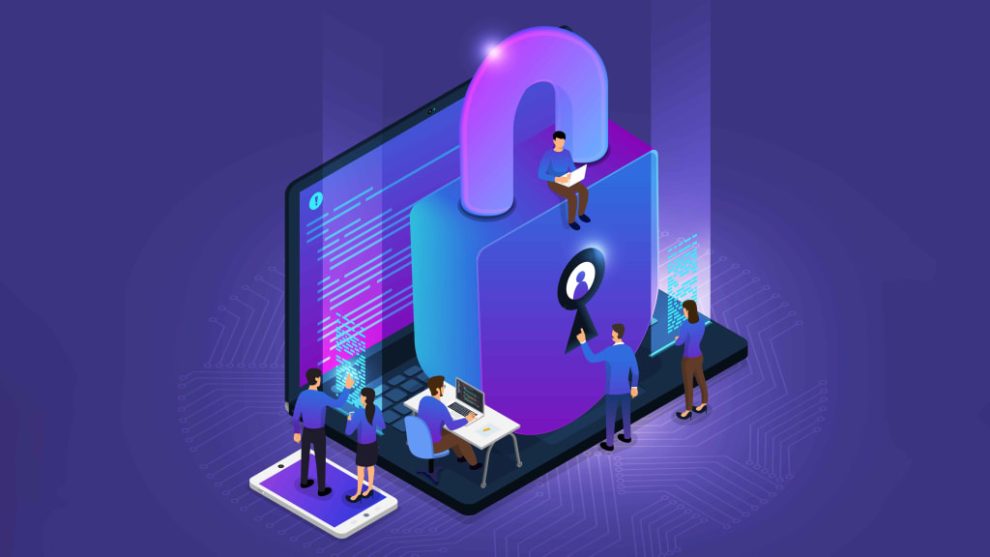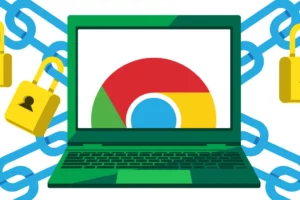Data breaches have become an increasingly prevalent threat to organizations of all sizes. A single breach can lead to significant financial losses, reputational damage, and operational disruption. To safeguard sensitive data, organizations must implement robust data breach prevention techniques. This article explores essential strategies to protect your organization’s valuable information.
Understanding the Risks
- Common threats: Be aware of the most common data breach threats, such as phishing, malware, ransomware, and social engineering attacks.
- Vulnerabilities: Identify potential vulnerabilities in your systems, networks, and applications that could be exploited by attackers.
- Consequences: Understand the potential consequences of a data breach, including financial losses, legal penalties, and reputational damage.
Essential Prevention Techniques
- Strong access controls: Implement strong access controls to limit access to sensitive data to authorized personnel.
- Multi-factor authentication (MFA): Require users to provide multiple forms of identification, such as passwords, biometrics, or security tokens, to access sensitive systems.
- Data encryption: Encrypt sensitive data at rest and in transit to protect it from unauthorized access.
- Regular software updates: Keep your operating systems, applications, and firmware up-to-date with the latest security patches.
- Antivirus and antimalware protection: Install and regularly update antivirus and antimalware software on all devices.
- Firewall: Use a firewall to protect your network from unauthorized access.
- Data loss prevention (DLP): Implement DLP solutions to monitor and control the movement of sensitive data.
- Employee training: Educate employees about cybersecurity best practices and the risks associated with data breaches.
- Incident response planning: Develop a comprehensive incident response plan to address data breaches effectively.
Network Security
- Secure network configuration: Configure your network devices securely to prevent unauthorized access.
- Intrusion detection and prevention systems (IDPS): Use IDPS to monitor network activity for signs of suspicious behavior and take proactive measures to block attacks.
- Virtual private networks (VPNs): Use VPNs to secure remote access to your network.
- Segmentation: Divide your network into smaller segments to limit the potential damage of a breach.

Data Security
- Data classification: Categorize data based on its sensitivity and value to your organization.
- Data retention policies: Establish data retention policies to determine how long data should be retained and when it should be disposed of.
- Secure disposal: Implement secure methods for disposing of sensitive data to prevent unauthorized access.
Third-Party Risk Management
- Vendor assessment: Evaluate the security practices of third-party vendors and suppliers.
- Contractual requirements: Include security requirements in contracts with third-party providers.
- Regular monitoring: Monitor third-party relationships and assess their compliance with security standards.
Cloud Security
- Cloud provider security: Choose a cloud provider with strong security measures and certifications.
- Data encryption: Ensure that data stored in the cloud is encrypted.
- Access controls: Implement strong access controls for cloud-based resources.
Emerging Threats and Countermeasures
- Artificial intelligence (AI) and machine learning (ML): AI and ML can be used to automate attacks and evade traditional security measures.
- Supply chain attacks: Be aware of supply chain attacks targeting third-party vendors and suppliers.
- Cloud-native attacks: Protect against attacks specifically targeting cloud-native technologies, such as serverless computing and containers.
Continuous Monitoring and Improvement
- Security monitoring: Use security monitoring tools to detect and respond to threats in real-time.
- Regular audits: Conduct regular security audits to identify vulnerabilities and assess compliance with security standards.
- Incident response testing: Conduct regular incident response testing to ensure that your plans are effective.
- Continuous improvement: Continuously evaluate your security posture and make necessary adjustments to improve your defenses.
By implementing these comprehensive data breach prevention techniques, organizations can significantly reduce their risk of data breaches and protect their valuable information. It is essential to stay informed about emerging threats and adapt your security measures accordingly to maintain a strong defense against the ever-evolving cyber landscape.
















Add Comment